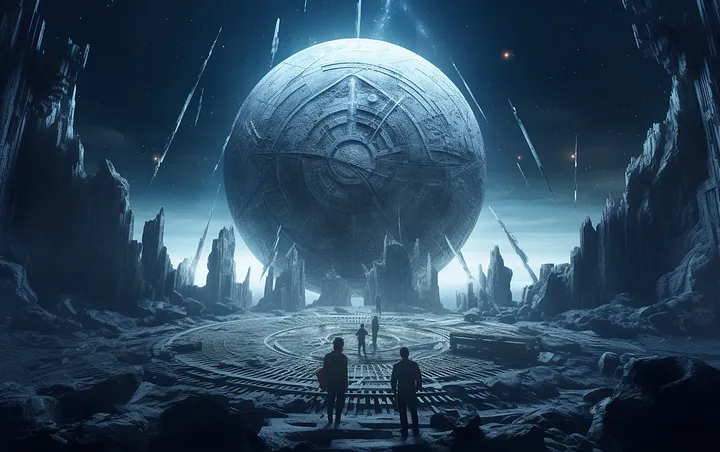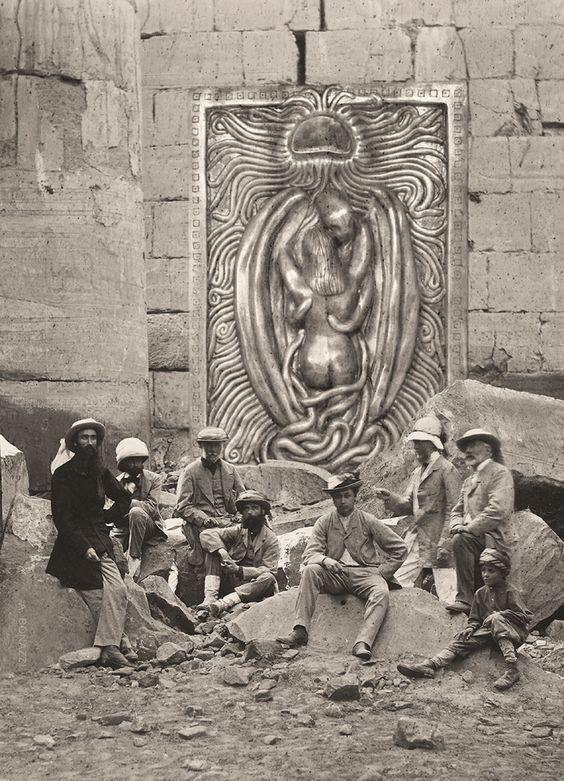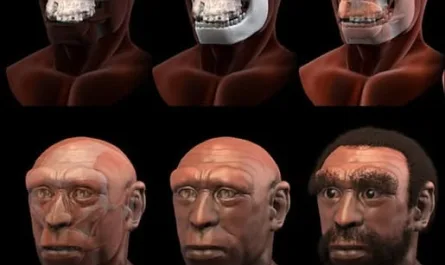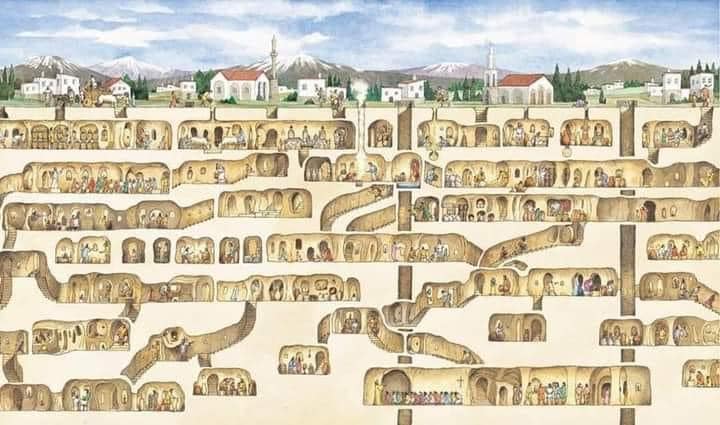For centuries, Mars was dismissed as a lifeless desert, a barren neighbor to Earth with nothing but dust and rock. However, NASA’s rovers have captured evidence that challenges everything we thought we knew about the Red Planet. From strange formations to traces of water and organic compounds, these discoveries have reignited the debate about whether Mars once hosted life.
Mysterious Formations That Spark Debate

Among the countless rocks scattered across Mars, a few have baffled scientists and ignited speculation. One of the most puzzling discoveries is a rock formation resembling a humanoid head and an alien-like body carved into the Martian landscape. Its eerie resemblance to a living figure has raised pressing questions—could it be a natural rock sculpted by wind and erosion, or is it evidence of an ancient civilization? The striking symmetry and detailed features suggest it might not be a mere coincidence, keeping experts intrigued.
Traces of Ancient Water
One of the most groundbreaking findings from NASA’s missions is compelling evidence of ancient water on Mars. The Curiosity rover uncovered signs of long-standing lakes in Gale Crater, while Perseverance found remnants of a massive river delta in Jezero Crater. These environments, billions of years old, may have provided the perfect conditions for microbial life. Adding to the mystery, organic molecules—the fundamental building blocks of life—have been detected in Martian rocks. While not proof of life itself, this discovery suggests Mars once had the necessary ingredients for life to emerge.
Martian Meteorites: A Link Between Worlds
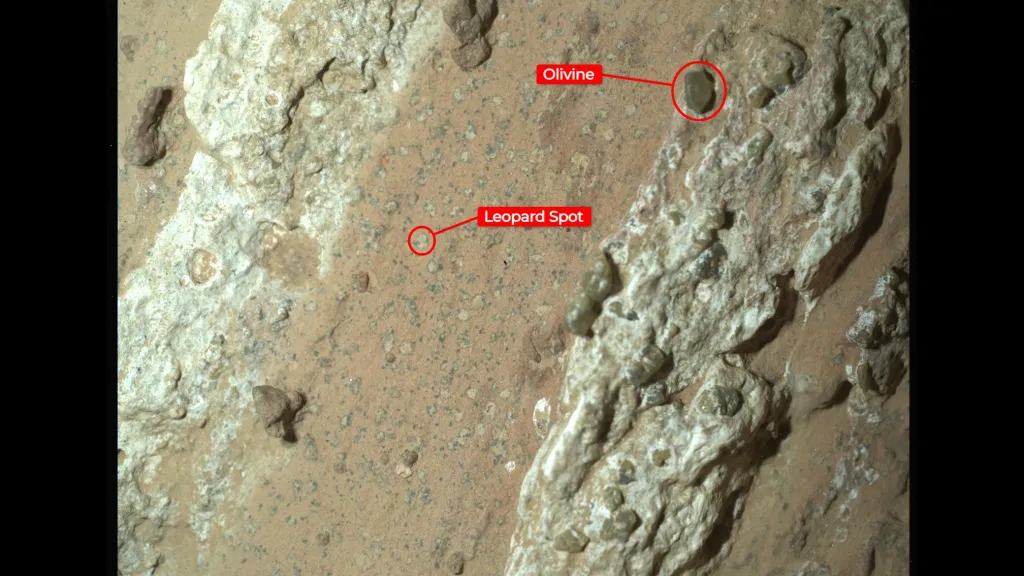
Scattered across Earth’s museums and laboratories, Martian meteorites have provided key insights into the Red Planet’s history. One of the most famous, ALH84001, was found in Antarctica in 1984. This potato-shaped rock contains tiny, worm-like structures that some scientists once claimed were fossilized microbes. Though still debated, other Martian meteorites have revealed organic molecules and chemical traces of water, suggesting Mars may have been more hospitable in the past.
The Face on Mars: Monument or Illusion?
In 1976, NASA’s Viking 1 Orbiter captured an image of a massive, half-mile-wide formation in Mars’ Cydonia region, known as the “Face on Mars.” The feature’s humanoid appearance sparked speculation—was it an ancient monument left by a long-lost civilization? Or was it just a natural rock formation shaped by light and shadow? Later high-resolution images indicated it was likely a combination of hills and ridges, yet the mystery still captivates many.
A Spoon and Other Unusual Sightings
Mars continues to fuel imaginations with bizarre rock formations. In 2015, Curiosity snapped an image of what appeared to be a “floating spoon”—a rock formation so precisely shaped it looked like cutlery hovering above the surface. Scientists attribute this to wind erosion, but the image fascinated space enthusiasts worldwide. Additionally, straight lines and disc-like formations spotted in rover images have led to theories of alien technology or spacecraft wreckage, though most experts believe they are natural geological formations.
Mars’ Deadly Dust Storms
Beyond its strange landscapes, Mars is home to violent and relentless weather. Towering dust storms, sometimes over a mile high, sweep across the surface, fueled by the planet’s thin atmosphere. These storms can last for weeks or even months, blocking sunlight and damaging exploration equipment. In 2018, the Opportunity rover was lost in one such storm, highlighting the extreme challenges of exploring Mars.
The Panspermia Hypothesis: Did Life Start on Mars?
The search for life on Mars has also raised a fascinating possibility—could Earth’s life have originated there? The panspermia hypothesis suggests biological material could have traveled between planets via meteorites. Some scientists propose that life may have first emerged on Mars before hitching a ride to Earth, making us descendants of ancient Martian microbes. The discovery of organic compounds and possible microfossil structures in Martian meteorites adds weight to this extraordinary theory.
Mars’ Enduring Mysteries
From humanoid figures and spoon-shaped rocks to traces of ancient water and organic compounds, Mars continues to astound us. Each discovery raises more questions, challenging our understanding of the cosmos and our place in it. Did life once thrive on Mars? Could it still exist beneath its surface? As NASA’s rovers and upcoming missions push deeper into the planet’s secrets, we may one day uncover the full truth about the Red Planet.
